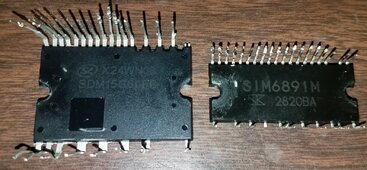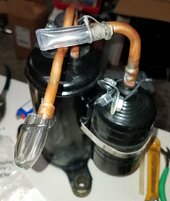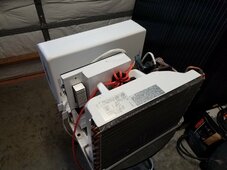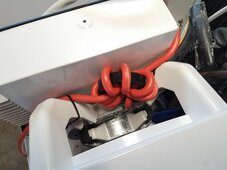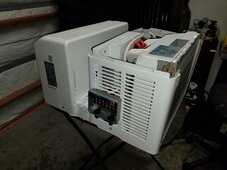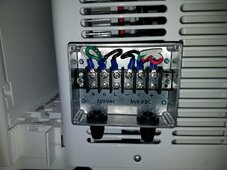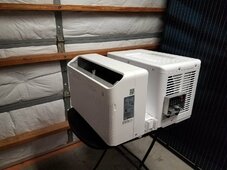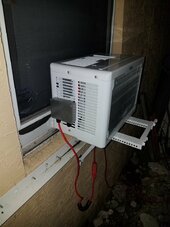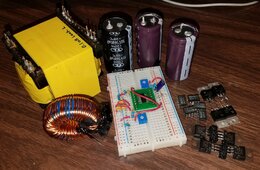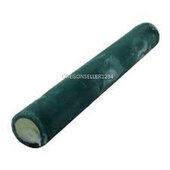zanydroid
Solar Wizard
It would be silent if PWM frequency is above human hearing upper frequency limit. But I never tried induction cooktop before. I may get one of those table top single burner units to experiment with.
Until I realized that the kHz frequency was layered on 120Hz I was confused by how noisy they were and how much energy I could hear.
Wikipedia says 25-50kHz as the operating frequency of induction burners so it is possible it will be silent.
Actually there are a lot of people I know in the cooking world that are triggered by the harmonics starting at 120Hz, and I had previously decided that they were SOL. But maybe induction cooktops should just include a few 3kW boost converters inside. The SMPS frequency should be much higher than 120Hz and also easier to manage than some buzzing induced inside the pans.



